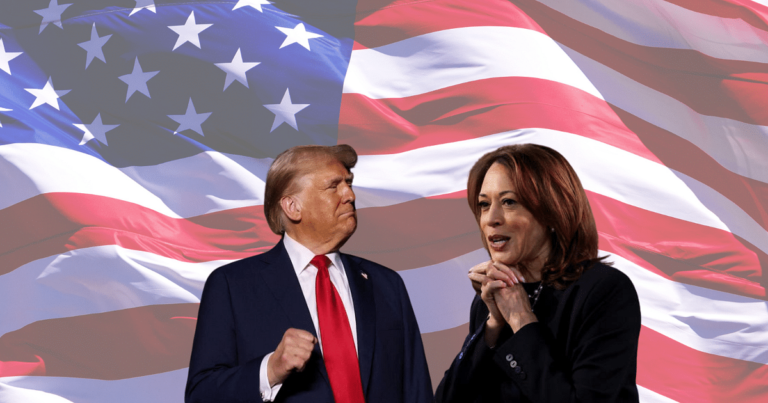Primaries and caucuses (January to June of election year)
The process begins with interparty elections, known (commonly) as primaries, to narrow down each party’s candidates.
These are state-level elections in which the general public, or simply members of a political party, vote for their preferred candidate, who then competes against elected candidates from other parties in a national election.
A caucus is a local party committee where party members meet to elect delegates to vote for their preferred candidate. These primaries and caucuses are typically held on different days.
On a special day called Super Tuesday, many states vote all at once and the names of the leading candidates are revealed.
Party Congress (July-August)
Party conventions are held from July to August of election years. Here, delegates formally choose their presidential candidate, and by then, or in the coming days, will also choose their vice presidential candidate.
Party conventions are generally used to unite the party and demonstrate its strength before election campaigning begins in earnest.
Campaign (August to early November)
After the convention, candidates travel around the country and focus on communicating their messages and policies to ordinary voters.
There is more focus on swing states (states where decisions could go either way and therefore affect the outcome of the election).
Candidates also typically participate in debates such as: ABC, NBC, CBS and fox news (Four major national television networks). However, this time there was only one debate between Trump and Harris. ABC.
General election (held on the first Tuesday of November)
On the first Tuesday of November in an election year, voters cast their votes in the Electoral College rather than voting directly for presidential candidates.
The situation is different in Maine and Nebraska, which have proportional district systems.
What is the proportional ward system?
While other states use winner-take-all policies, Nebraska and Maine divide their electors among candidates. Two states have congressional districts, which are small areas within the state’s borders. Each person receives one electoral vote, and the candidate who receives the most votes in that district wins that district’s electoral votes. At the same time, the remaining two electoral votes are awarded to the candidate who receives the most votes statewide.
How to count popularity votes
The popular vote in U.S. elections is counted at the state level, not nationally.
Vote counting will take place as soon as voting ends on Election Day. State and local polling officials collect, count, and verify the number of popular votes in their jurisdictions.
Election workers who count votes in each precinct not only vote early, but also vote in person and sometimes by mail. These are aggregated at the county level and then at the state level.
The state has a process to verify this vote count, and once it is complete, the governor and designated officials certify the same.
Electoral College and winner-take-all system
The President of the United States is chosen by 538 electors from across the United States.
This consists of the total number of senators, representatives, and three electors from the District of Columbia (Washington, DC).
Winner-take-all: The candidate who wins the popular vote wins all the electors in each state (except Nebraska and Maine).
Each state is assigned a selected number of electors based on its population.
The presidential candidate who receives 270 out of 538 votes is declared the winner.
Electors are chosen by the general electorate from among party candidates in each state.
In December, electors gather in their state capitals to vote for president and vice president.
Why are some electoral votes more important than others?
The number of electors in battleground states is more important than the number of electors in states that have historically voted for a particular party.
A swing state is a state where the outcome can go either way.
Additionally, because each state has a minimum of three electors, states with small populations (such as Wyoming) are overrepresented and states with high population density (such as California) are underrepresented.
Certification and launch
After the voting process, a joint session of the US Congress (Senate + House) will be held at the Capitol on January 6th, presided over by the Vice President.
The person who receives 270 votes will be declared the winner. Even if one candidate wins the popular vote, he or she can still lose the election if he or she does not receive the required number of electors. This has only happened twice, in 2000 and 2016.
The new president will be “sworn in” on January 20, taking the oath of office and officially beginning his four-year term.
issued October 29, 2024, 10:48am IST

